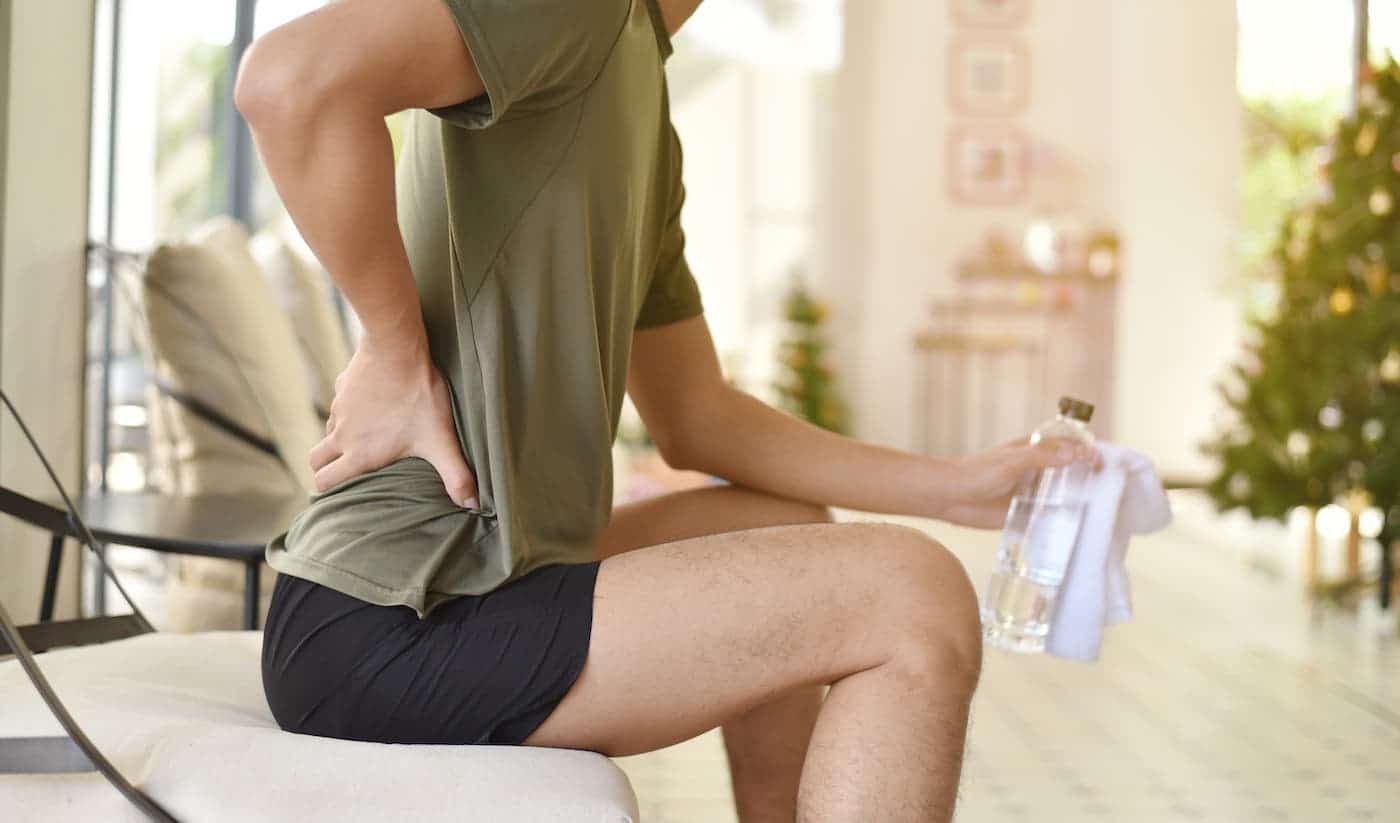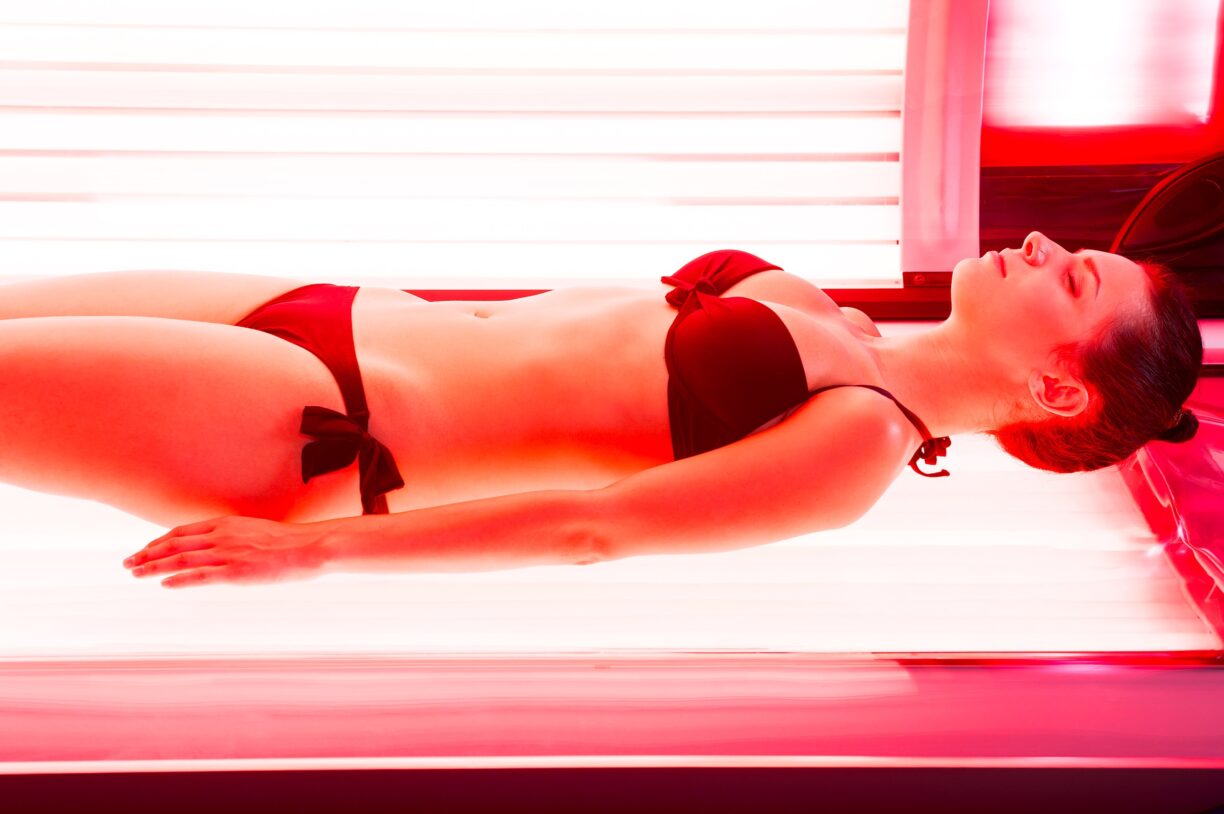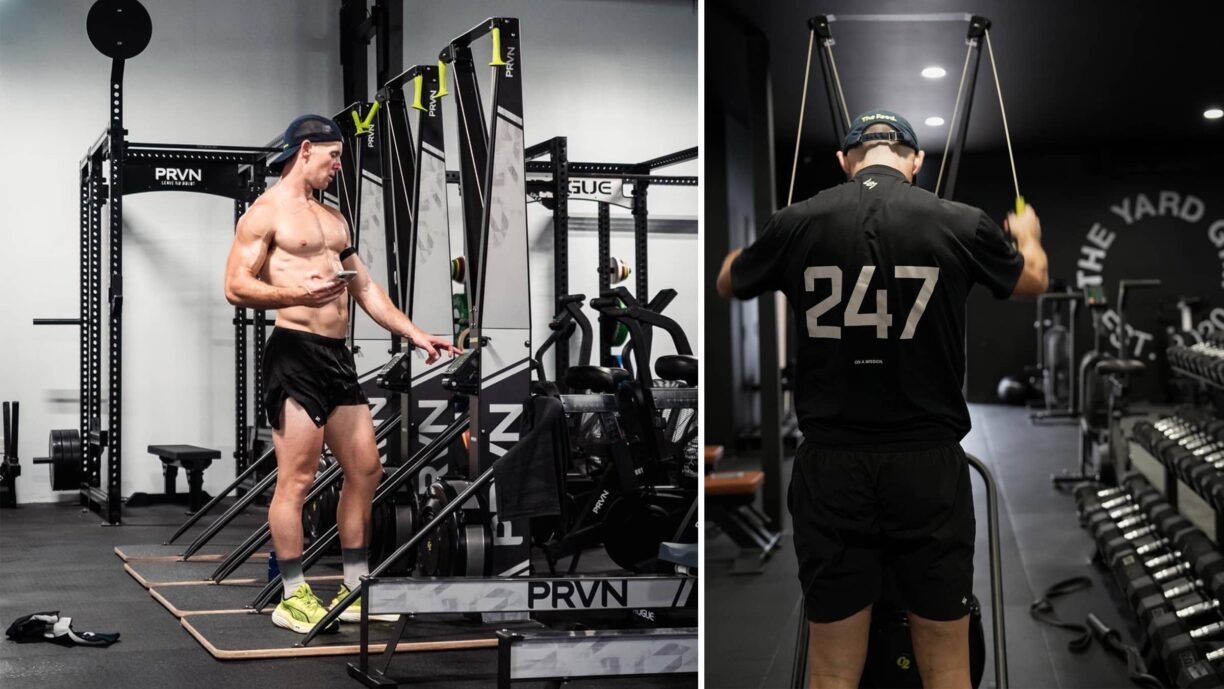Little things mean a lot to Brits according to a new research report – THE LITTLE THINGS THAT MEAN THE WORLD – from muscle and joint pain relief specialists, Deep Relief.
Chatting to our kids, sharing a kitchen coffee with our partner, walking the dog and enjoying nature have all come to mean so much more during the pandemic and lockdown.
But living the simple life, often with little or no exercise, has played havoc with our muscles and joints resulting in stiffness and pain, as well as fast ‘muscle and joint ageing’.
According to new research survey commissioned by Deep Relief, one of a portfolio of topical therapies made by Mentholatum, which polled 1251 adults, more than six in ten respondents, thanks to the pandemic living, reported aches, half had noticed joint stiffness, and a quarter had experienced sharp or throbbing pains, in some cases getting worse with the menopause.
While 45 percent of the nation take a daily walk, more than six in ten don’t schedule in any daily exercise, and nearly a fifth admit sitting down for hours without getting up to stretch.
Joint and muscle pains have stopped more than half of adults continuing with their hobbies, and affect sleep, mood and dietary habits.
But with spring now here and summer around the corner, it’s an ideal opportunity to get more physically active, while taking care to look after our joint and muscle health.
We can also combine getting more active with the things that the Deep Relief survey shows we love.
- More than a third (35%) polled said it would make their day if they could catch up with a family member or friend
- 36% selected a hug from a friend or family member as making them happy
- 29% said having a pet as their first feel-good option, while 39% are enjoying paying people compliments and/or 41% are enjoying receiving them
THE LITTLE THINGS THAT MEAN THE WORLD Report includes a host of self-care tips including exercises to help keep muscles and joints mobile as well as simple stretches to help keep our bodies active.
Commenting on the report, GP Dr Nisa Aslam notes: “A good stretch several times a day is a great way to release the tension and keep our muscles and joints healthy.”
“Looking after our emotions is also a vital part of staying mentally healthy and stress free.
Three in ten respondents in the Deep Relief survey said they love getting praise for their work, while a fifth feel more motivated when they receive thanks.
Our mental health is as important as our physical health. Poor mental health can affect our posture and our muscles and joints.
Joints, muscles and keep body active – hormone troubles causing havoc
The Deep Relief Report – THE LITTLE THINGS THAT MEAN THE WORLD – also highlights the joint woes of the menopause.
In the Deep Relief survey, women in the peri-menopausal and post-menopausal stages were more likely to report joint swelling (20 percent), aches (68 percent), stiffness (54 percent) and pain (27 percent) compared with men and pre-menopausal women.
These ailments are bad enough to stop a third of older women from exercising or walking, and four in ten from sleeping well.
In some cases, women couldn’t pick up a child or a grandchild due to muscle or joint pain.
Dr Aslam comments: “During early menopause, when the decline in oestrogen is constant and irreversible, joint pain can become chronic and affects fingers, wrists and knees.”
What is astonishing is that six in ten people in the research poll from Deep Relief said they suffer from aches and pains, either from injuries when they were younger or aches and pains like lower back and knee pain as they age, but do nothing actively about it with daily habits like sitting for hours making it worse for many.
Fewer than a fifth (16%) used topical pain relief, a third stretched or took pain killers and just 5% went to see a physiotherapist or chiropractor.
Pain trouble hot spots
In the Deep Relief research survey, around a third of people aged 35-44 years noted lower back pain while over one in ten said that shoulder or upper back pain were their trouble hot spots.
One in ten have been diagnosed with carpal tunnel syndrome which causes tingling, numbness and pain in the hand and fingers
45–59-years: Lower back pain still an issue for many plus 16 percent also detailed hand or finger pain as a problem as well
60–70-year age group: knee pain is the core problem for this age sector plus body and joint stiffness which affected more than half of adults questioned in this age sector.
While a quarter of Brits turn to rest as a way of dealing with muscle and joint pain, Dr Aslam says “While resting is an appropriate response to acute pain or injury, it’s not a long-term solution and neither does it address the route causes of muscle and joint pain which stop many of us doing the things we love”.
Another common solution is to take oral painkillers, which is more common in regular joint and muscle pain sufferers (four in ten) who are also more likely to take prescription drugs for pain relief (20 percent).
While this can definitely help, long-term use isn’t recommended says the report and a more appropriate option, bearing in mind some people’s addiction to pain relief pills, is to apply topical painkillers like Deep Relief which contains ibuprofen and levomenthol.
In the survey, just over one in ten regularly use topical products, rising to one in five among chronic joint/muscle pain sufferers.
Again, stretching and exercising can be part of the solution and Chris Ruxton, a personal trainer and advisor to Deep Relief, recommends a series of exercises to get joints and muscles active and moving to help avoid joint and muscle stiffness or body angst.
He says: “Taking 5-10 minutes a few times a day to stretch as part of your normal routine can make a real difference to your joint mobility, and help to release areas of tension and pain. And whether stretching or taking other types of exercise, don’t forget to warm up first.
The Deep Relief survey found that more than a third of people don’t warm their joints and muscles up before going for that long walk, hike, bike ride of generally exercising – with the figure closer to four in ten percent among those with chronic joint pain.
This is very unwise as cold muscles can be easily pulled and injured. Even taking five minutes to warm up is a good investment of time.
I would recommend an as many reps as possible of eight leg swings on each side, eight squats if you can, and eight good mornings – rise out of bed stretches”.
When it comes to self-managing joint or muscle pain, the report shows how topical therapies can be used regularly and long-term to help self-manage joint and muscle discomfort.
Says, GP Dr Nisa Aslam: “The benefit of topical therapies is that they are always on hand, don’t need a prescription and can help you get back to doing the things you enjoy, whether it’s gardening, walking the dog, playing with children or grandchildren or knitting.
No-one should have to limit their hobbies due to joint and muscle pain, as so many people did in the Deep Relief survey.”
Deep Relief contains the two active painkillers – ibuprofen and levomenthol – unlike other NSAID gels that include one.
The triple action range of gels provides targeted, penetrating pain relief combined with fast cooling and anti-inflammatory effects.
Deep Relief is fast acting and starts to work in ten minutes. The anti-inflammatory gel is recommended for back pain, as well as joint pain, rheumatic pain, muscular aches, pains and swellings such as strains and sprains.
Deep Relief Joint Pain Gel is recommended for non-serious arthritic conditions as well as joint and muscular pain.
A recent evidence review published by Sports Medicine Open, reported: “Topically administered ibuprofen has been shown to be equally effective to orally administered ibuprofen in the treatment of joint and soft tissue injury and is associated with a lower incidence of unwanted gastrointestinal side effects.”
Last word
The Deep Relief report – THE LITTLE THINGS THAT MEAN THE WORLD – shows that though we have learned to live our lives differently and often more positively during lockdown it’s often been at a cost to our muscle and joint health particularly as we age.
Personal trainer, Chris Ruxton, says: “While getting older is inevitable, sore joints and muscles are not.
There are things we can do to manage stiffness and pain so we can spring back into action. Mobilisation, regular exercise – whether it’s walking, jogging or yoga, and some strength work are all important, no matter what age you are or your fitness level”.
GP, Dr Nisa Aslam, concludes: “By taking control of our health, we can continue to enjoy our favourite hobbies and activities.
Creating a strategy to deal with joint and muscle pain is a step in the right direction. This should include movement, avoidance of long periods of sitting, appropriate medication prescribed by your GP if required, and effective, topical products, such as Deep Relief.”






